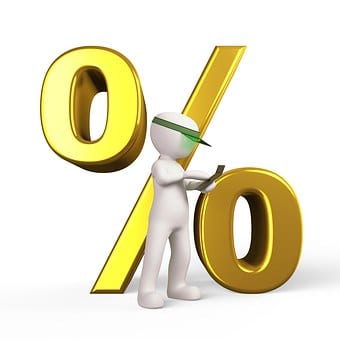Understanding rental yield

If you’re new to property investment, you may not have heard the phrase rental yield. This is the term used by investors to calculate the return they will get on a property.
How to calculate rental yield
There are two types of rental yield:
- Gross rental yield
Gross rental yield is the annual income (rent) divided by value of the property and then multiplied by 100.
Take the example of a nice two-bed property at Speers Point, purchased for say $450,000. This can be rented out at, for example $470/week.
Using these figures, the rental yield is calculated as follows:
Step 1. Calculate your annual income by multiplying the weekly rental income by the 52 weeks in the year:
470 X 52 = 24,440
Step 2. Divide this figure by the property price:
24,440 ÷ 450,000 = 0.0543
Step 3. Multiply this figure by 100 to get the percentage:
0.0543 X 100 = 5.43%
This figure, 5.43% is the rental yield you’ll get from this property in Speers Point.
- Net rental yield
However, to get a more detailed understanding of the rental yield, you will need to consider the running costs associated with it. This may be in the form of strata fees, council rates, water rates, insurance etc.
Using the example above, say running costs for this Speers Point property are $7,000 per year.
This figure needs to be taken away from the annual rental income as in the Net rental yield calculation, you want to use the actual amount you receive in your back pocket.
Step 1. 24,440 (annual income) – 7,000 (running costs) = 17,440
Step 2. 17,440 ÷ 450,000 = 0.0387
Step 3. 0.0387 x 100 = 3.87%
Why is rental yield important?
Rental yield helps you look at the cash flow and return on investment (ROI) on a property. While some may think it’s better to purchase an expensive property, which attracts a high rental income, the outgoings may be a lot more.
When you look at rental yield, it may be better to buy a less expensive property in a more affordable area, which while it has a lower rental income, it might actually give you a better rental yield because the overheads are much lower.
High vs low rental yield – which is best?
A high yield indicates a good cash flow, a good return on investment (ROI) and more money in your back pocket. Financial institutions also usually looking favourably on a good cash flow and ROI, and are more likely to approve loans so you can purchase your next property!
Some argue it is better to have a high rental yield, but having a low rental yield isn’t necessarily a bad thing. Like everything in property, it depends on your strategy, your financial situation and the reasons why you’re investing.
For instance, a lower rental yield in an up and coming area may result in better capital gains a few years later. Some investors prefer to have low rental yield for tax purposes too.
We always advise to speak to your accountant or financial specialists so you know exactly what to consider for your financial situation and your property investment strategy.
If you’re interested to know more about rental yield and what else you should consider in an investment property, call us on 02 4956 9777, send us an email to mail@newcastlepropertymanagement.com.au or better still, come into our Cardiff office so we can talk more.
For more property management tips check out our Facebook page: www.facebook.com/NewcastlePropertyManagement